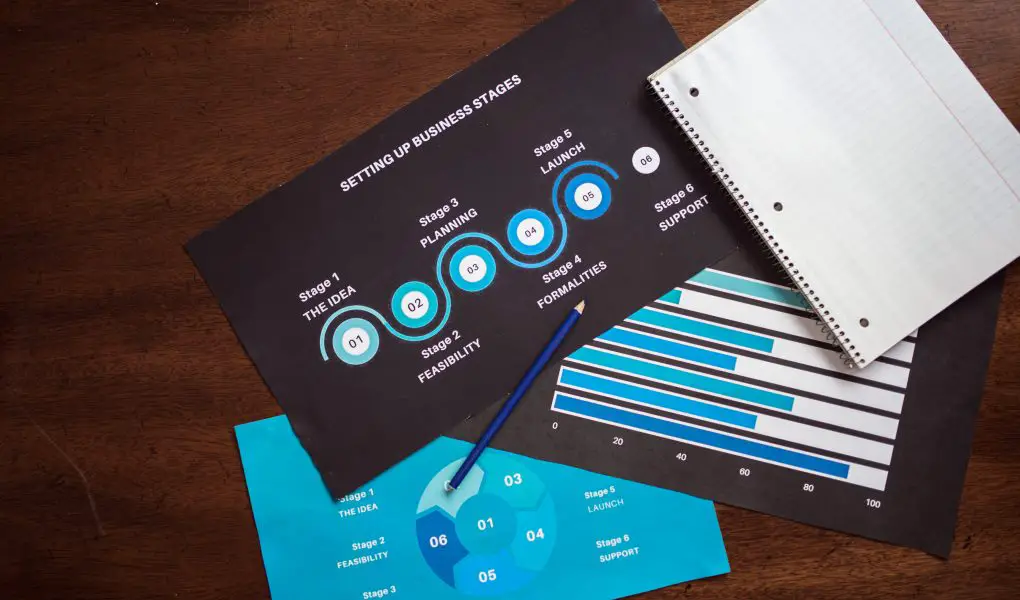In today’s fast-paced digital era, visual content plays a crucial role in capturing audience attention and effectively conveying information.
Infographics, with their combination of engaging visuals and concise text, have become increasingly popular for presenting complex data in a visually appealing manner.
However, creating high-quality infographics can be a time-consuming and labor-intensive process.
This is where automation comes into play, and ChatGPT, an advanced language model developed by OpenAI, emerges as a powerful tool for automating infographic creation, enabling greater efficiency and speed.
In this post, we will explore how ChatGPT can revolutionize the way infographics are produced.
Understanding ChatGPT.
ChatGPT is a state-of-the-art language model powered by OpenAI’s GPT-3.5 architecture.
Trained on a massive dataset comprising diverse sources of information, ChatGPT possesses a remarkable ability to generate human-like text in response to prompts or queries. It can understand and create content across various domains, making it a versatile tool for a wide range of applications.
The Role of ChatGPT in Infographic Creation.
Traditionally, creating infographics required a collaborative effort involving designers, content creators, and subject matter experts. This process often involved multiple rounds of feedback and revisions, resulting in a time-consuming and iterative workflow.
However, by leveraging the capabilities of ChatGPT, infographic creation can be streamlined and expedited.
1. Content Generation.
One of the most significant advantages of using ChatGPT in infographic creation is its ability to generate content. By giving a brief description or key points, users can prompt ChatGPT to generate concise and informative text for each section of the infographic.
This eliminates the need for content creators to spend excessive time on researching and writing the text.
With ChatGPT’s language generation capabilities, the content can be produced quickly and efficiently, saving valuable time and resources.
2. Visual Conceptualization.
Another crucial aspect of infographic creation is the visual representation of data and ideas. ChatGPT can play a vital role in this area as well.
By describing the data and the desired visual elements, users can prompt ChatGPT to generate suggestions for the infographic’s layout, colour schemes, and illustrations.
This feature empowers designers by providing them with a starting point or inspiration for their design process. It also helps to maintain consistency and cohesiveness throughout the infographic.
3. Automated Design Templates.
ChatGPT’s integration with design tools and platforms can revolutionize the way infographics are designed.
By connecting ChatGPT with graphic design software, users can leverage automated design templates generated by the model. These templates can include predefined layouts, typography styles, and graphic elements that align with the user’s preferences.
By automating the initial design process, ChatGPT enables designers to focus on customizing and fine-tuning the infographic’s visual elements, further enhancing efficiency.
4. Iterative Feedback and Improvement.
In the traditional infographic creation process, feedback and revisions often involve multiple iterations, leading to delays and inefficiencies.
However, with ChatGPT, the feedback loop can be significantly shortened. Users can provide feedback on the generated content or design suggestions, and ChatGPT can incorporate the feedback in subsequent iterations.
This process allows for quick refinements and improvements, ultimately leading to a more refined and polished infographic in less time.
The Benefits of Automating Infographic Creation.
By incorporating ChatGPT into the infographic creation workflow, several benefits can be realized:
1. Increased Efficiency.
ChatGPT’s ability to generate content, provide design suggestions, and automate certain aspects of the design process significantly reduces the time and effort required for infographic creation.
With a streamlined workflow, content creators and designers can focus their energy on higher-level tasks, resulting in increased overall efficiency.
2. Faster Turnaround Time.
The automation provided by ChatGPT accelerates the infographic creation process, leading to faster turnaround times. This is particularly advantageous when working on projects with tight deadlines or in situations where timely information dissemination is crucial.
The quick generation of infographics ensures that information reaches the audience promptly, enabling more effective communication.
3. Improved Consistency.
When it comes to creating infographics, consistency is a critical factor in ensuring a visually appealing and coherent end result.
Here’s a deeper explanation of how ChatGPT can contribute to improved consistency in infographic creation:
Automated Design Templates.
ChatGPT can generate automated design templates that serve as a starting point for designers. These templates can include predefined layouts, typography styles, colour schemes, and graphic elements.
By leveraging these templates, designers can establish a consistent visual structure throughout the infographic.
Consistency in layout and design elements helps create a harmonious and professional look.
Coordinated Color Schemes.
Choosing the right colour scheme is vital for creating an engaging and visually pleasing infographic. With ChatGPT, designers can describe the desired colour palette or provide a reference, and the model can generate suggestions or variations. By ensuring consistent colour usage across different sections or elements of the infographic, ChatGPT helps maintain visual coherence and reinforces the overall message.
Unified Typography Styles.
Typography plays a crucial role in conveying information effectively. ChatGPT can provide suggestions for typography styles, including font choices, sizes, and formatting options. By following consistent typography guidelines throughout the infographic, designers can ensure that text elements are visually cohesive and easy to read. This enhances the overall aesthetic appeal and readability of the infographic.
Standardized Graphic Elements.
Infographics often include various graphic elements, such as icons, illustrations, charts, or graphs. ChatGPT can generate suggestions for these elements based on the provided description or keywords.
By using consistent graphic styles or themes throughout the infographic, designers can create a unified visual language.
This helps the audience quickly understand the relationships between different elements and reinforces the infographic’s overall message.
Visual Hierarchy and Alignment.
Consistency in visual hierarchy and alignment is crucial for guiding the audience’s attention and organizing information effectively. With ChatGPT’s assistance, designers can receive suggestions on how to establish a clear hierarchy of content, emphasize key points, and align elements properly.
This consistency means that the infographic is visually balanced, making it easier for viewers to digest the information and navigate through the content.
By providing designers with automated design templates, suggesting coordinated color schemes, unified typography styles, standardized graphic elements, and assisting in establishing visual hierarchy and alignment, ChatGPT significantly contributes to improved consistency in infographic creation.
This creates a cohesive and visually appealing infographic that effectively communicates information to the audience.
4. Enhanced Collaboration.
With ChatGPT’s ability to generate content and design suggestions, collaboration between content creators and designers becomes more seamless. The feedback loop allows for efficient communication, ensuring that both parties are on the same page and working towards a shared vision.
This collaborative approach fosters creativity and leads to better end results.
Conclusion.
Infographic creation is a time-consuming process that requires the collaboration of numerous variables.
However, with the rise of automation technologies like ChatGPT, the efficiency and speed of this process can be significantly enhanced.
By leveraging ChatGPT’s content generation, visual conceptualization, design automation, and iterative feedback capabilities, infographic creation can be streamlined and expedited, leading to increased efficiency, faster turnaround times, improved consistency, and enhanced collaboration.
As the digital landscape continues to evolve, automation tools like ChatGPT will play a pivotal role in transforming the way infographics are created, enabling professionals to produce high-quality visual content with greater ease and effectiveness.




